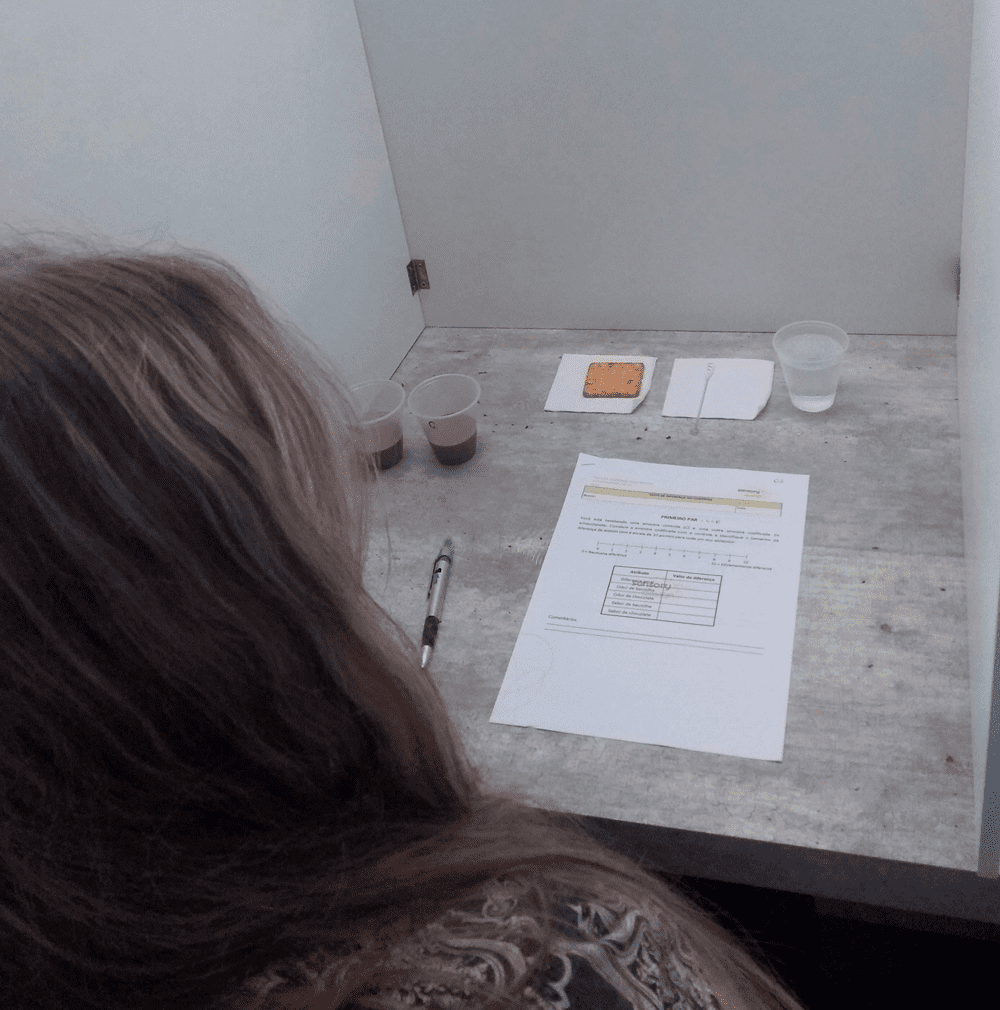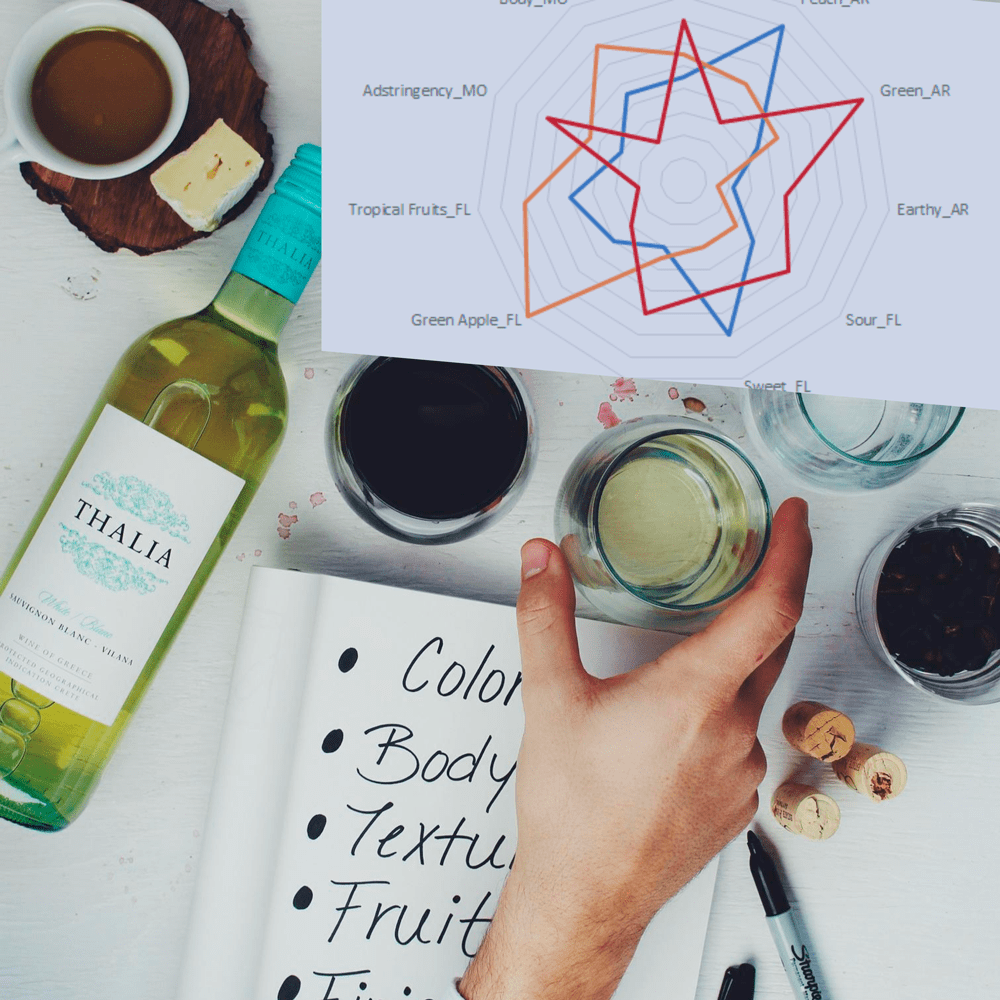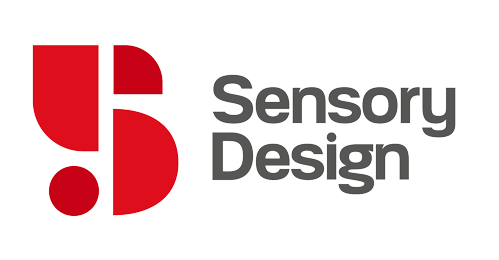Discriminative and Descriptive
We know how to plan and use the methodology that will be
effective in the strategic decision of your project.
Discriminative tests
We know how to plan and use the methodology that will be effective in the strategic decision of your project. The most used discriminative tests are the methodologies standardized by ABNT NBR ISO, namely: 2-AFC, 3-AFC, triangular, tetrad, “A” or “No A”, Same/Different, DoD and Ranking test.
The main applications of discriminative tests are associated with products and brands that have a commitment to the sensory identity in the market and to the trust of their consumers. The investigation may involve a substitution of ingredients to reduce costs or to meet regulatory requirements or when the researcher wishes to confirm that a quality improvement has been effectively achieved. We can cite the following objectives:
- Always guarantee the same STANDARD of sensory quality of your product;
- Develop products in accordance with initiatives by the Public Health Institutions regarding the reduction of sugar, salt and fat consumption;
- Cost reduction projects maintaining the product’s sensory identity;
- Changes in ingredients, processes, packaging, handling, among others;
- Quality control programs.


Descriptive Tests
We know how to conduct a descriptive analysis with appropriate steps to meet project objectives and we ensure the most holistic way of handling data as well as the most objective way to report results, following the strict recommendations of ISO 13299: 2017.
It involves understanding the product attributes, to identify and select a set of non-overlapping, singular, objective, unambiguous, and referenced attributes that permit a complete descriptive analysis of the samples under study. And it involves being able to consistently describe them, and rate them on a scale.
Attribute Selection Optimization Procedures
ABNT ISO 13299 points out that the stage of selecting attributes (descriptors) aims to identify and select a set of non-overlapping, unique, unambiguous, objective and referential attributes that allow a complete descriptive analysis of the samples under study. This important stage cannot be neglected and can be done individually or collectively, depending on the descriptive test.
The sensory profile is a completely objective analysis of the sensory characteristics of a product – not influenced by questions such as brand or price. It is an essential part of product development, allowing the optimization of the sensory experience of the product and the creation of new alternatives for healthier formulations.
By measuring the sensory characteristics of your product, we can help you understand questions about how your product compares to those of your competitors.
Do you want to know more about this service? Request contact!
Discover other services
Request a contact
Fill out the form below
